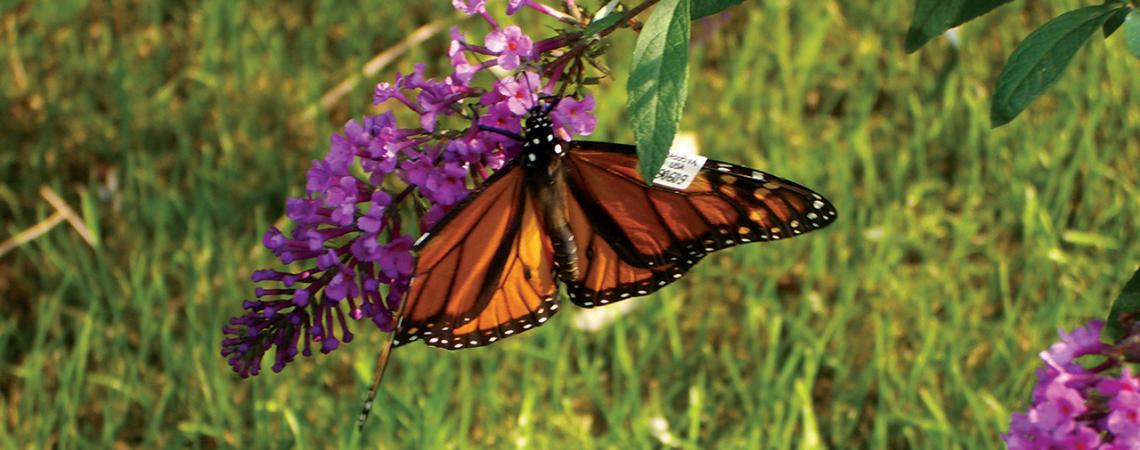The Kelleys Island Audubon Club attracts visitors to the island by showcasing its beauty and wildlife.
Kelleys Island residents welcome the return each spring of their “feathered tourists” — songbirds, waterfowl, and raptors that pass through on their way to Canada.
So it was a rather obvious decision for the island’s innkeepers to band together to create an event around it. “Nest with the Birds” began in the 1980s as a way to drum up some early-season bookings by offering guided hikes and migration-related programs for birdwatchers.
“When friends came for the event, they were amazed by the colorful birds — yellow warblers and blue bunting and others — and insisted that we needed to protect them,” says Pat Hayes, of The Inn on Kelleys Island, which, like the rest of the island’s residents and businesses, is served by Hancock-Wood Electric Cooperative. “After investigating a number of organizations, we decided that Audubon was the best fit for our goals.”
The Kelleys Island Audubon Club formed in 1992, and with the contacts that had been made through “Nest with the Birds,” KIAC began developing more events. “During an early program I attended, one of the guys presenting was so excited about his topic, and it got me excited,” says June Campbell, a resident of the island. “I became involved as secretary and support the club because I love Kelleys Island, being outside, and learning about conservation.”
Among this season’s highlights, along with “Nesting with the Birds” May 17–19, are “Feathers and Foliage” September 21–22, the Butterfly Festival the second weekend of September, and several bird-banding events. Check www.kelleysislandnature.com for a detailed schedule.
A new KAIC-related program is night bird-banding. Organized by KIAC member Tom Bartlett, a Cleveland Museum of Natural History Department of Ornithology research associate, the program at the CMNH banding station on Kelleys Island is open to the public.
“The station was started in the spring of 1996, and we have now banded 12,891 individual birds of 115 species on Kelleys Island,” Bartlett says. The station’s Northern Saw-whet Owl banding project (begun in 2003) is part of a national project to study migrating owls in North America. The Kelleys Island site has banded more than 600 owls, and has recaptured 50 individual birds from all over eastern North America.
Bartlett has also been active in the bird census project, basically a snapshot of the birds of Kelleys Island that now contains 20 years of data. “The island is very important to wintering and migrating waterfowl,” says Bartlett. The project and its data help document and prove that fact.
Audubon awarded Kelleys Island its Important Birding Area (IBA) status in 2002, and KIAC now connects with other organizations to protect and promote the natural beauty of the island.
“When we received IBA status in 2002, about 25 percent of the island was protected or preserved,” said Hayes. “Now that number is about 33 percent, and we have found that increased preservation brings in increased tourism revenue.”
Becky Linhardt is a freelance writer from Cincinnati.









